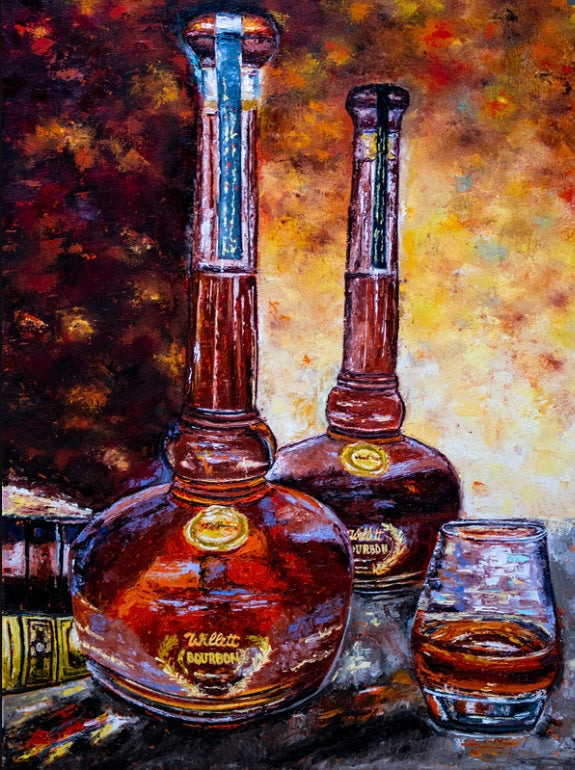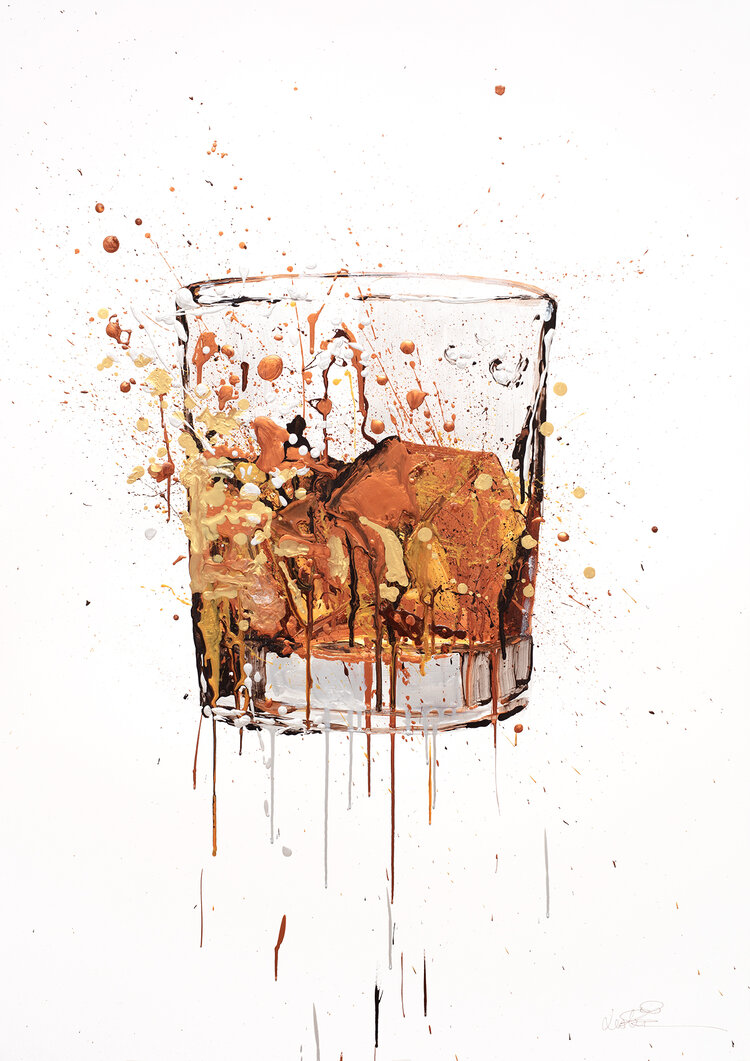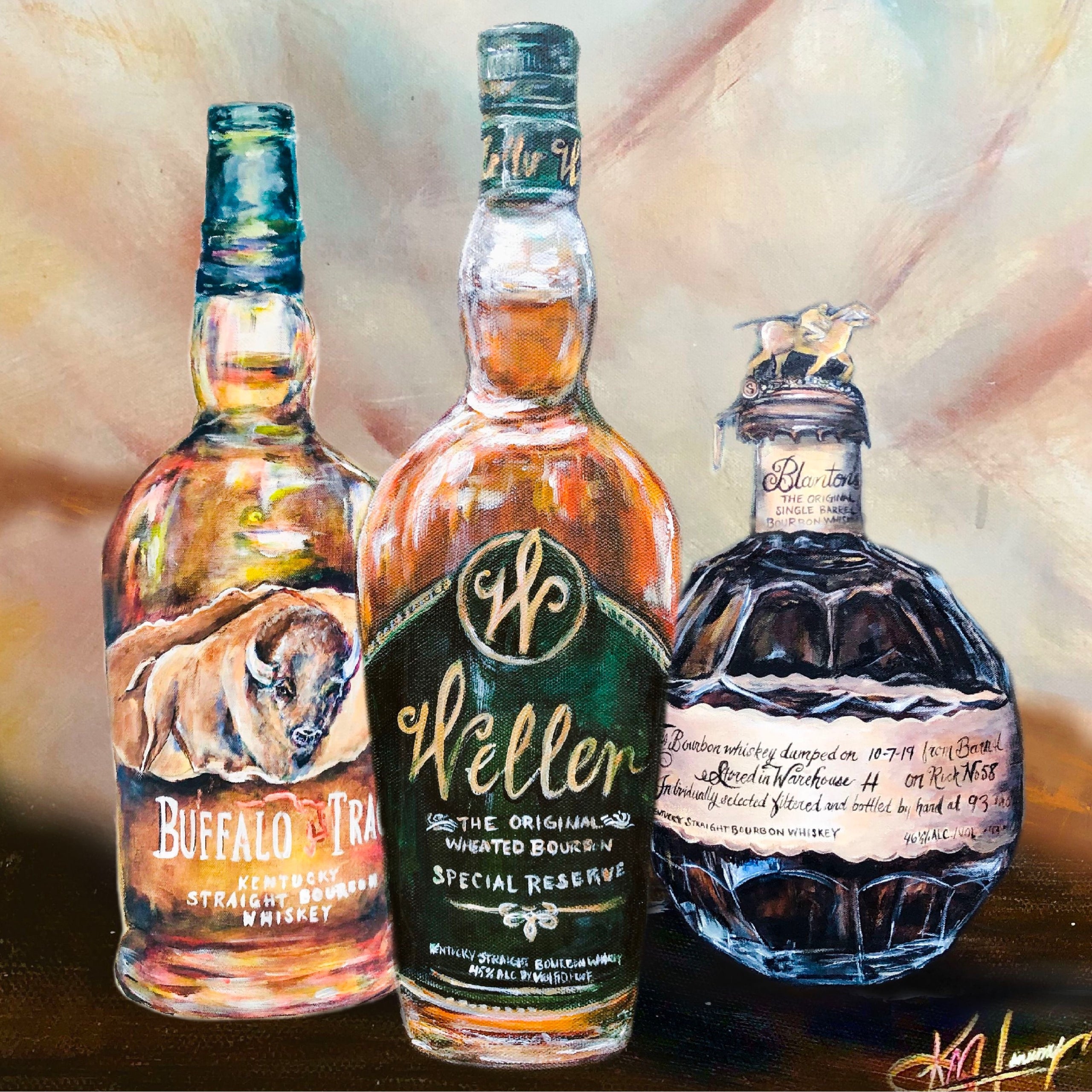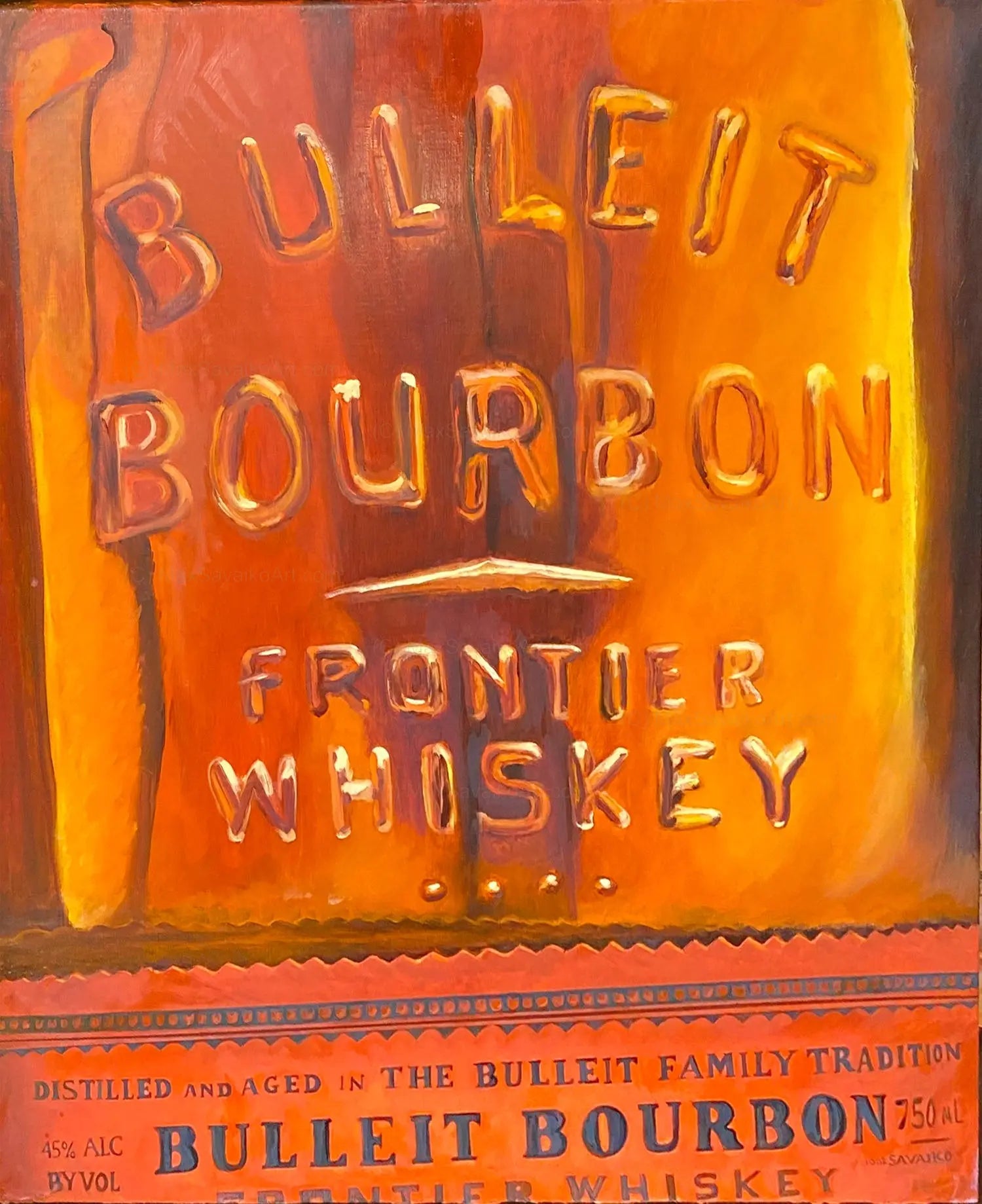The Significance of Whiskey Art in Celebrating Heritage and Workmanship in the Beverage Sector
The complex relationship in between scotch art and the event of heritage and workmanship within the beverage industry can not be overstated. Via thoughtfully developed bottles and labels, whiskey brand names envelop their historic roots and the artisanal skills that define their manufacturing methods. This imaginative dimension not only boosts market appeal yet likewise serves as a conduit for social narration, promoting a deeper connection in between the craft and the customer. As we discover the different elements of this subject, interesting inquiries about the effect of contemporary trends on traditional methods occur, prompting further evaluation.
The Historical Origins of Whiskey
At the heart of whiskey's allure exists a rich tapestry of historic roots that trace back to ancient worlds. The origins of whiskey can be connected to the distillation methods of the Sumerians and Babylonians around 2000 BCE, where very early types of fermented grain drinks began to emerge. It was in the Center Ages that the art of purification progressed considerably, especially in Ireland and Scotland, leading to the development of scotch as we recognize it today.
The term "whiskey" itself originates from the Gaelic word "uisce beatha," implying "water of life." This phrase underscores the cultural relevance of bourbon in Celtic societies, where it was typically connected with rituals, events, and public bonding. By the 15th century, purification became an identified craft within reclusive neighborhoods, leading the way for the establishment of lawful distilleries.
As trade routes broadened, whiskey's popularity grew, going beyond regional borders and catching the rate of interest of lovers worldwide. Whiskey Art. This historical journey shows not just the craftsmanship behind whiskey manufacturing yet additionally its indispensable duty in social and social contexts, marking it as a substantial beverage throughout history
Artistic Expression in Branding
Whiskey branding stands as a compelling intersection of virtuosity and commerce, where aesthetic identity plays a crucial role in forming customer assumption. The aesthetic appeals of whiskey labels, packaging, and advertising and marketing products reflect not just the brand's tale yet additionally its core values and heritage. Via creative expression, distilleries convey a narrative that resonates with consumers, stimulating feelings and triggering connections.
Making use of shade, typography, and images in branding offers to set apart products in a saturated market. For instance, conventional concepts might evoke a feeling of authenticity and craftsmanship, while contemporary designs can represent development and forward-thinking. This tactical imaginative instructions boosts brand acknowledgment and commitment, enabling customers to forge an individual partnership with the scotch they select.
Furthermore, artistic expression in branding often acts as an event of regional heritage. Distilleries often include neighborhood signs or historic recommendations into their layouts, creating a local color that welcomes customers to take part in a more comprehensive social experience. Eventually, the creativity behind whiskey branding not just improves visual charm yet additionally enhances the total story of the brand name, fostering a much deeper appreciation for the craftsmanship and heritage ingrained in each container.
Craftsmanship in Container Style
The virtuosity obvious in whiskey branding prolongs beyond visual identity to encompass the workmanship included in container layout. Each container acts as a vessel not just for the spirit within, but also for the story it informs concerning its origin, tradition, and quality. The style procedure needs careful attention to detail, as elements such as material, closure, and shape add dramatically to the general perception of the whiskey.
Craftsmanship in container design includes selecting premium glass that can enhance the bourbon's shade and clearness, while additionally supplying a tactile experience for the customer. The shape of the bottle should be both functional and aesthetically appealing, commonly reflecting the heritage of the brand name. Lots of distilleries choose for one-of-a-kind shapes or embossed logos that evoke a feeling of authenticity and background.
In addition, the label layout and typography play a crucial function in communicating the brand name's story. Realism Art. A well-crafted bottle not just captivates the customer's eye however likewise strengthens the brand's dedication to top quality and tradition. By doing this, the workmanship of bottle style comes to be a crucial facet of the bourbon experience, merging virtuosity with a profound regard for heritage
Social Relevance of Whiskey Art
Celebrating tradition and workmanship, the cultural value of whiskey art goes beyond simple aesthetics, linking with the social and historic stories of the regions from which it comes from. Each container acts as a canvas, portraying the one-of-a-kind tales, mythology, and customs that have actually formed regional whiskey-making methods. The intricate designs typically show the heritage of the distillers, incorporating icons and themes that reverberate with the culture and values of their neighborhoods.

Additionally, bourbon art plays a vital function in public celebrations and parties, acting as a substantial link in between individuals and their shared experiences. By valuing the artistry in bourbon packaging, customers cultivate a deeper understanding and respect for the craft, inevitably improving their satisfaction of the drink itself.
Modern Trends in Scotch Presentation
In recent times, the discussion of whiskey has actually advanced to mirror contemporary preferences and patterns while still recognizing traditional workmanship - Limited Edition. Distilleries are progressively concentrating on aesthetic elements that boost the overall drinking experience, linking the space in between heritage and modernity
Cutting-edge bottle layouts have arised, typically including lasting products and creative labels that inform engaging stories. Lots of brand names now collaborate with regional musicians, instilling their products with unique aesthetic expressions that reverberate with customers. In addition, limited-edition launches are typically packaged in collectible containers, adding value and charm for aficionados.

Final Thought
To conclude, whiskey art works as an essential avenue for revealing the heritage and craftsmanship inherent in the beverage market. With complex branding, cutting-edge bottle layouts, and culturally significant artistic elements, scotch brand names successfully recognize their traditions and link with Bourbon Art consumers. This artistic narrative not just elevates the appreciation of bourbon yet likewise strengthens community identity and satisfaction among producers. Ultimately, bourbon art plays an essential duty in preserving and celebrating the abundant social tapestry of whiskey-making.


Craftsmanship in container layout entails selecting high-grade glass that can enhance the whiskey's color and quality, while also providing a responsive experience for the customer. In this means, the craftsmanship of bottle design comes to be an important aspect of the bourbon experience, merging artistry with a profound respect for heritage.
In final thought, scotch art serves as an important conduit for sharing the heritage and craftsmanship intrinsic in the drink industry.
Comments on “Whiskey Art: Capturing the Significance of Distillation in Every Brushstroke”